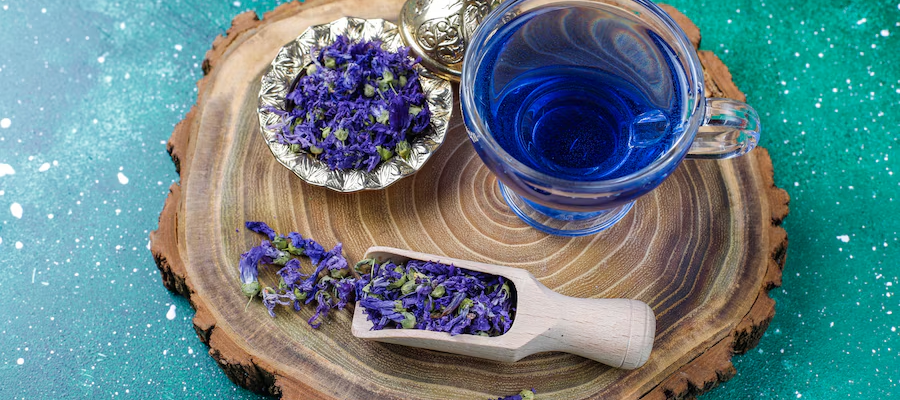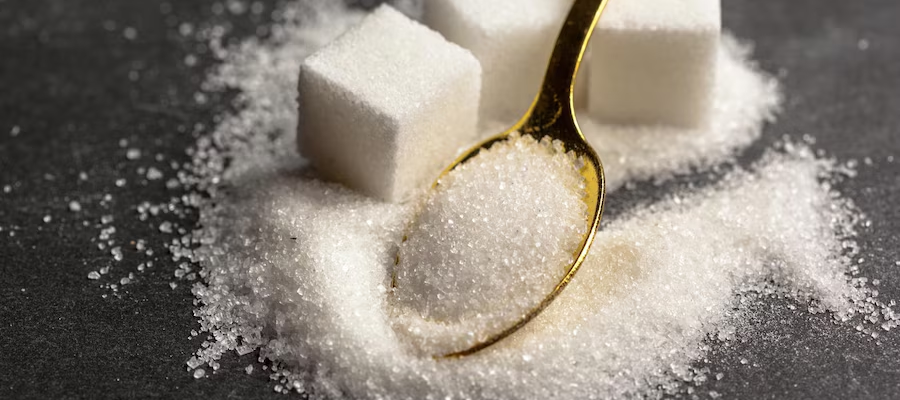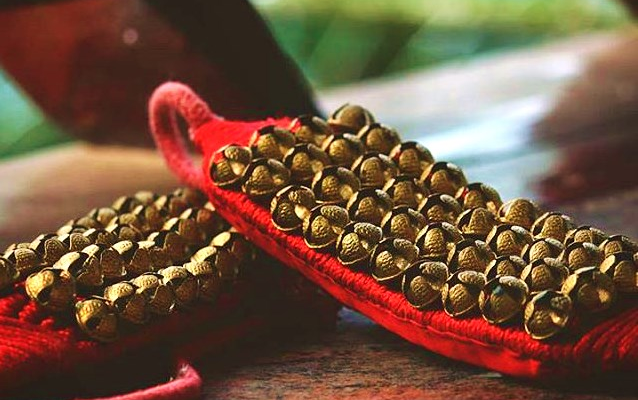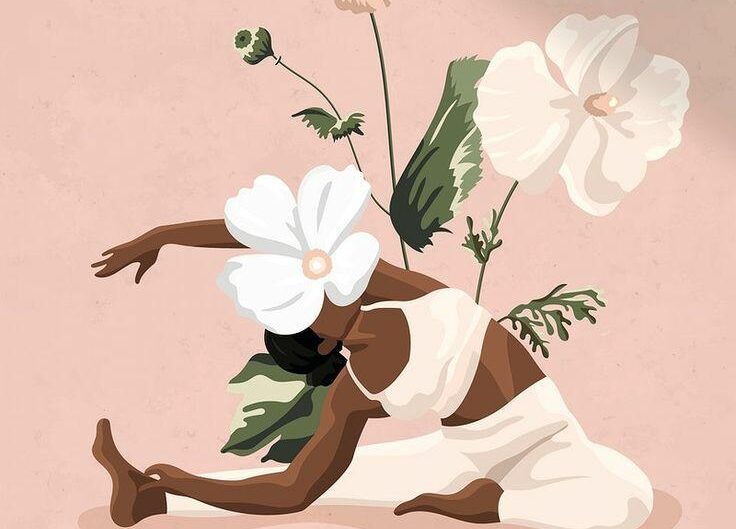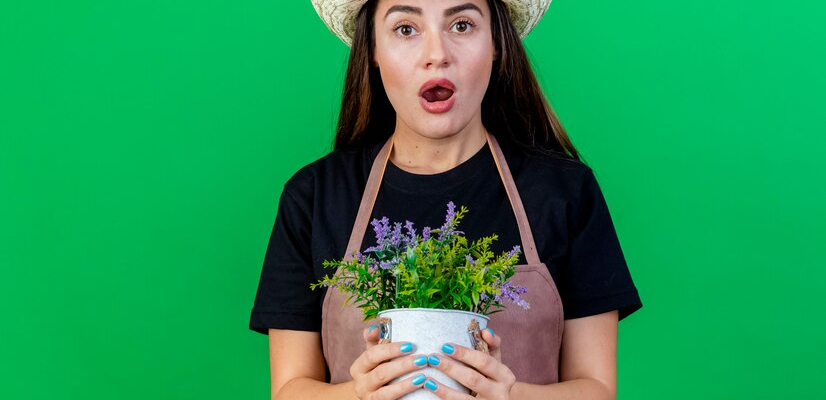Petals And Palates: Part #3, A Culinary Journey Through The World Of Edible Flowers
Edible flower cookery is a unique culinary art that incorporates flowers into cooking. Flowers add an unalike aroma, colour and taste to dishes. However, the cherry on top is the abundance of nutritional value of such recipes. Yes, most edible flowers are high in antioxidants. Some examples of edible are Kimshuka, roses, hibiscus, Kadamba, Mahua, Agathi, Vazhai poo, and Moringa blooms. It would be fascinating to discover the culinary uses of these flowers, which are not familiar ingredients in everyday cooking. Gulab aka Rose Roses are widely used in sweet dishes and desserts in Asian and Western countries. Paired with honey and turmeric, dried rose petals are an immunity booster. Their lovely colour and sweet scent enhance food’s visual appeal and flavour. That is why rose petals and rose essence are added to many drinks and desserts as an aromatic agent. The North Indian delicacy known as Gulkand is prepared with dried rose petals. Agathi Poo aka Agastya One plant that has excellent therapeutic benefits in Ayurveda is Agathi, also known as Agastya. The plant was believed to be named after sage Agastya. The leaves and flowers of this plant are used as natural medicine for many ailments. These red and white flowers curved outward like a bird’s beak are known as the ‘hummingbird flower’ in English. In the villages in Tamil Nadu, Agathi poo is used to make poriyal( Stir fries), curries, fritters, and chutney. Moringa Flower The fragrant white flowers from the Moringa tree have a subtle sweet taste. These edible flowers are famous for their benefits to the body by supporting the digestive system and regulating blood pressure. They are tasty alternatives to vegetables when making fritters, stir-fries, poriyals, and gravies. Vazhai Poo, aka Banana Flower Banana flower is also a superfood because of its outstanding medicinal properties. Banana blossoms are widely used in Indian culinary practices. In South India, it is known as Vazhai poo, which is a main ingredient in stir-fries, pakodas and cutlets. It tastes awesome when cooked with grated coconut, chillies and spices. Aparajita Flower, aka Butterfly Pea The tea made from aparajita flowers is one of a kind. It has a stunning, enchanted blue hue that transforms into a deeper purple when combined with acidic liquids, such as lemon juice. Dried and cleaned aparajita flowers are used to make the tea. Because of their sacredness, aparajita flowers are often included in temple pujas. The flower petals are used in natural medicines due to their medicinal value. Hibiscus Flower Hibiscus, especially the red variety, is widely used in drinks and dishes as a taste infuser and colouring agent. It is also a main ingredient in herbal teas and jams. While hibiscus is known for its health benefits, consuming it during pregnancy or nursing can pose potential risks. To ensure your and your baby’s safety, it’s best to avoid foods that contain hibiscus during this time.
